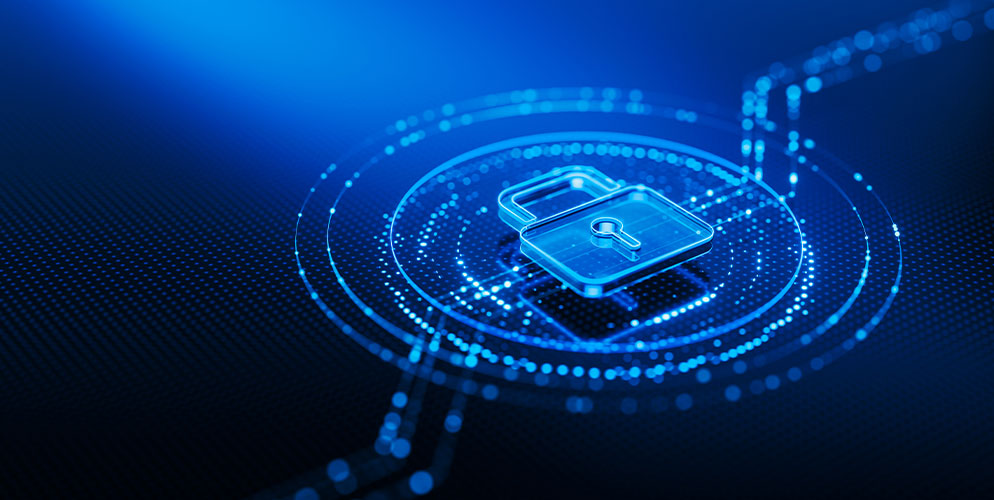In today’s increasingly digital world, convenience and connectivity have transformed the way we manage our finances—including how we plan for retirement. As technology advances, so do the methods used by cybercriminals to exploit vulnerabilities and gain access to sensitive personal and financial data. Retirement accounts are particularly attractive targets, often holding significant assets and personal information that, if compromised, could lead to devastating financial losses.
To help you stay ahead of cyber threats and protect your hard-earned retirement savings, consider adopting the following cybersecurity best practices:

Best Practices to Protect Your Retirement Account
Hire service providers with strong cybersecurity protocols:
- Before choosing a provider to manage your retirement plan, ensure they follow industry-recognized cybersecurity standards. Ask about their data protection policies, breach response plans, and regular system audits.
Store sensitive information securely:
- Keep your login credentials, passwords, and security question responses in a secure password manager. Avoid writing them down or storing them in plain text on your devices.
Use strong, unique passwords for each account:
- Use long, complex passwords that include a combination of letters, numbers, and symbols. Avoid reusing the same password across multiple platforms, especially those involving financial data.
Keep your contact information up to date:
- Ensure your phone number and email address are current with your financial providers. This allows them to contact you quickly in the event of suspicious activity.
Learn to recognize phishing attempts:
- Educate yourself on common phishing techniques. Be cautious of unsolicited emails, links, or messages that ask for personal or account information, even if they appear legitimate.
Enable multi-factor authentication (MFA):
- Use MFA whenever possible. It adds an extra layer of protection by requiring you to verify your identity through a second method, such as a text message or authentication app.
Avoid using public Wi-Fi for financial transactions:
- Public networks are less secure and can expose your data to hackers. Use a VPN (Virtual Private Network) if you must access sensitive information while on public Wi-Fi.
Close or delete unused accounts:
- Old or inactive accounts can become targets for cybercriminals. Delete or deactivate any financial accounts you no longer use to reduce your risk exposure.
Install and update antivirus software:
- Keep antivirus and anti-malware software up to date on all your devices to detect and block malicious activity that could compromise your information.
Routinely monitor your retirement and financial accounts:
- Review your account activity regularly to detect any unauthorized transactions or changes. Early detection can prevent more significant losses.
Securing your financial future in a rapidly changing digital world requires both personal vigilance and professional support. By following these best practices and partnering with trusted financial experts, you can take proactive steps to protect your retirement savings from cyber threats.
Click here to connect with an Oppenheimer financial professional who can help tailor a retirement strategy that meets your goals—securely and confidently.
DISCLOSURE
The information provided herein is general in nature for informational purposes only and does not represent legal or tax advice. Oppenheimer & Co. Inc. does not provide legal or tax advice. The material herein has been obtained from various sources believed to be reliable but does not purport to be a complete statement of all material facts relating to the strategy or investments types discussed. Contact your legal or tax advisor for specific advice regarding your circumstances.
Oppenheimer & Co. Inc. Transacts Business on All Principal US Exchanges and is a Member of SIPC – 852887.1

